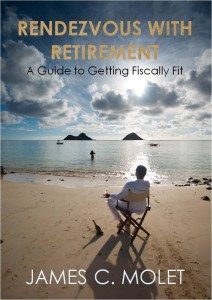 While there are a variety of investment options available to everyone, an astute investor must practice good fundamentals to control risks and optimize potential returns, including taking the time to be informed. As stated by Peter Lynch, renowned manager of the Fidelity Magellan Fund from 1977 to 1990 who beat the S&P 500 index 11 of 13 years, “Investing without research is like playing stud poker without looking at the cards.”
While there are a variety of investment options available to everyone, an astute investor must practice good fundamentals to control risks and optimize potential returns, including taking the time to be informed. As stated by Peter Lynch, renowned manager of the Fidelity Magellan Fund from 1977 to 1990 who beat the S&P 500 index 11 of 13 years, “Investing without research is like playing stud poker without looking at the cards.”
As you build your portfolio for retirement, it is crucial to keep several principles in mind:
1. Manage Your Risks
Warren Buffett, the “Sage of Omaha” often credited as the “Greatest Investor of All Time,” supposedly had two rules: “Rule number one: Never lose money. Rule number two: Never forget rule number one.”
It has been generally accepted that investments with higher returns generally involve the assumption of greater risk. Logically, you want to balance risk and reward. Unless you are a diehard gambler, you probably do not want a portfolio that is all or nothing (all assets in the high-risk, high-reward category) or, even worse, assets that have high risk, but low potential reward.
Fortunately, stock market analysts and theorists have conducted numerous studies to better understand the correlation between risk and reward in attempts to minimize risks and maximize returns within portfolios. As you select your investments, be aware of the beta and R-squared values, two measures that compare the investment to a commonly accepted market index (T-bills for bonds; S&P 500 for equities) and can help you better balance risk.
Read more . . .



